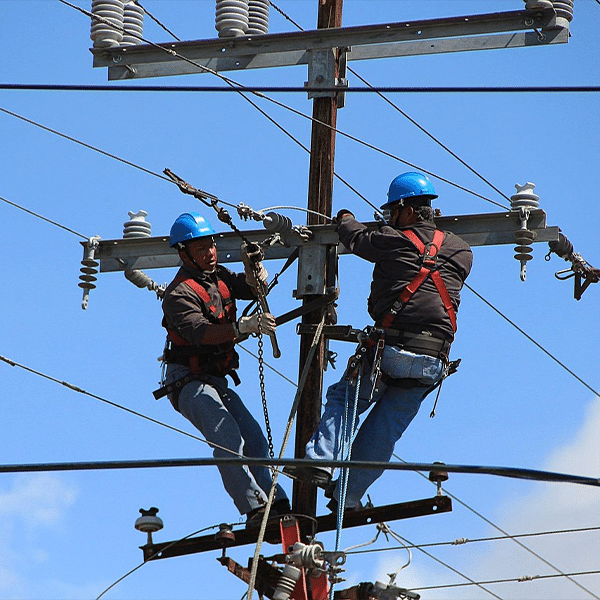 Representatives of three broadband and telecom associations voiced support for legislation introduced in the U.S. House of Representatives aimed at improving broadband maps which, among other things, are used to determine which areas receive support through the Universal Service Fund program.
Representatives of three broadband and telecom associations voiced support for legislation introduced in the U.S. House of Representatives aimed at improving broadband maps which, among other things, are used to determine which areas receive support through the Universal Service Fund program.
Representatives from NTCA – The Rural Broadband Association, NCTA – The Internet & Television Association and USTelecom – The Broadband Association voiced support for broadband mapping legislation introduced in the House, including the Broadband Deployment Accuracy and Technological Availability (DATA) Act and the Mapping Accuracy Promotes Services (MAPS) Act.
Current broadband maps are based on information collected from broadband providers on a census block basis through FCC Form 477. That data overestimates broadband coverage because an entire census block is considered served even if only one household in the block has service available to it.
Broadband Mapping Legislation
The Broadband DATA Act would require the FCC to collect data more granularly and would establish a challenge process for map data. The MAPS Act would make it unlawful for broadband providers to submit inaccurate data to the FCC.
The MAPS and DATA Acts join other broadband mapping legislation previously introduced in the House and Senate.
Stakeholders testifying at the hearing reiterated broadband map problems and praised proposals to revise data collection procedures and to add a challenge process.
Other key points of testimony provided by stakeholders include:
- Jonathan Spalter, president and CEO of USTelecom Association, and James W. Stegeman, president and CEO of CostQuest Associates, reviewed results of USTelecom/CostQuest broadband mapping pilots completed in Virginia and Missouri that confirmed current maps overestimate broadband availability. He also recommended that in addition to changing broadband reporting requirements, the FCC should also establish a “fabric” that would enable providers to consistently report consumer and business addresses.
- NTCA Chief Executive Officer Shirley Bloomfield said broadband providers should be required to report service latency and usage limits. She also suggested using crowdsourcing to act as a “sanity check” on data reported by providers.
- James M. Assey, executive vice president of NCTA, said the FCC should track not only where providers have already deployed but where they have been awarded funds to deploy in the future, whether from federal or state programs.
- Grant Spellmeyer, vice president of federal affairs and public policy for U.S. Cellular focused on mobile service mapping. He reviewed U.S. Cellular’s tribulations in attempting to challenge previous mobile service maps, which substantially overestimated coverage, according to drive testing conducted by U.S. Cellular. Preliminary drive testing showed that only a small percentage of areas that reportedly had 5 Mbps service available actually had service available at that speed. Drive testing was so costly and requirements for a successful challenge were so onerous that the company was unable to complete a full challenge. U.S. Cellular Spellmeyer praised the Broadband DATA Act’s plan to standardize cellular edge probabilities and cell loading so that “what appears on the map more closely aligns with what people experience when they use their devices.” He voiced support for the plan to use a cell edge probability of 90% and a cell loading factor of 50%.

- Dana J. Floberg, policy manager for consumer groups Free Press and Free Press Action, said some parties had incorrectly interpreted data from Microsoft and CostQuest in a way that exaggerated broadband map inaccuracies – points Telecompetitor has previously raised. She argued that broadband affordability has not received as much attention on the public policy front as broadband availability has received – although she didn’t touch on the impact of the FCC Lifeline program that provides a $9.25 monthly discount for broadband service for $9.95 a month or programs such as Comcast Internet Essentials that provide broadband to low-income homes for $10 a month.
